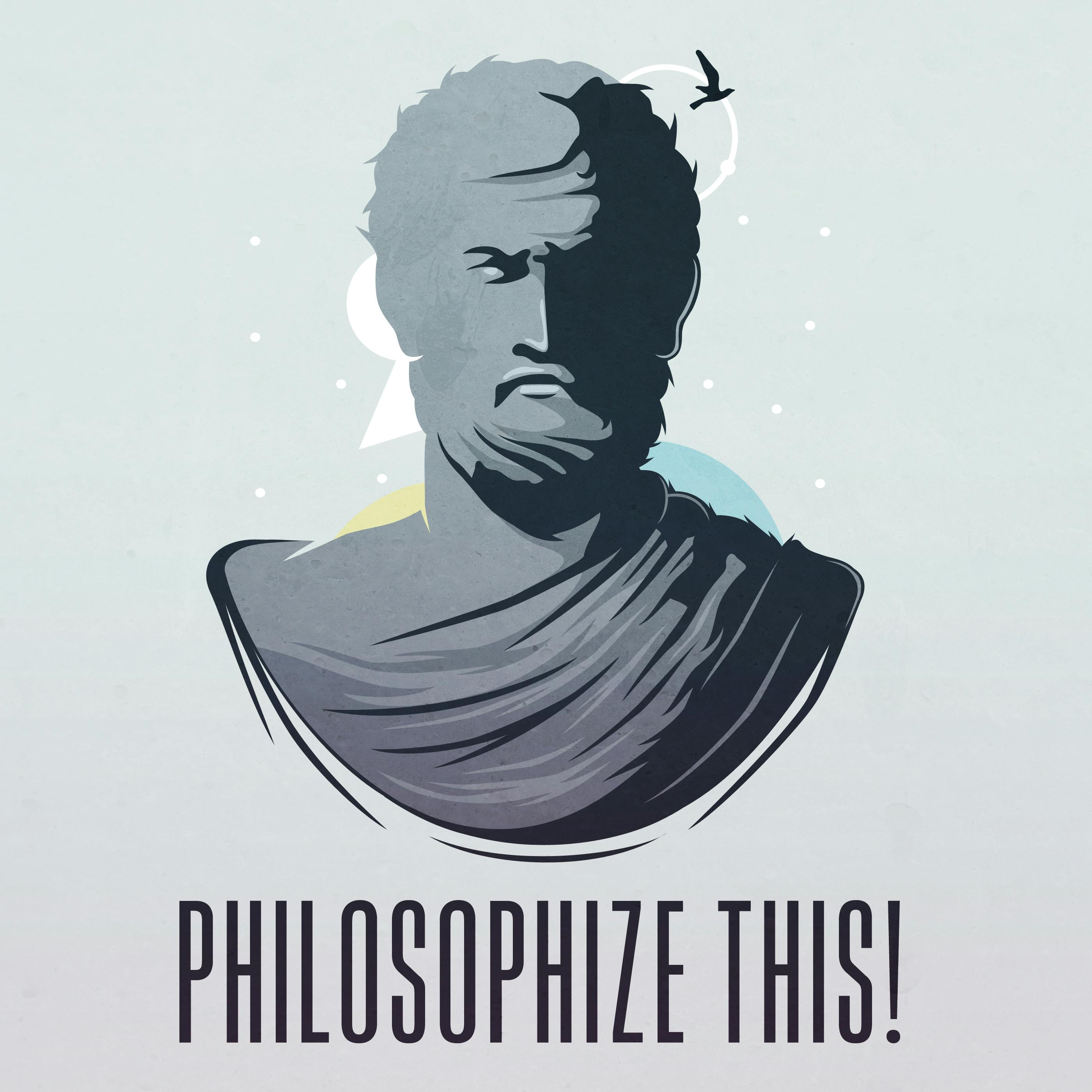Vedic Age in South Asia: Migration, Urbanization, and Rituals
TLDR The Vedic age in South Asia, from 1500 BC to 500 BC, marked by the composition of the Vedas, led to the emergence of new states and urbanization. Scholars debunk the Out of India theory, emphasizing the cultural significance of the term "Aryan" and the complex migration patterns during this period.
Timestamped Summary
00:00
A woman participates in a soma sacrifice to the god Indra, hoping for blessings on the young men preparing for cattle raids and war in ancient South Asia.
04:31
The Vedic age in South Asia, from 1500 BC to 500 BC, marked by the composition of the Vedas, the introduction of iron metallurgy, and the shift in population towards the Ganges, led to the emergence of new states and urbanization.
08:45
Scholars use a combination of textual and archaeological evidence to understand the migration of Indo-Aryan languages to South Asia, debunking the Out of India theory and emphasizing the cultural rather than racial significance of the term "Aryan."
12:48
The search for Indo-Iranians in the archaeological record is complicated by the flawed assumption that language, material culture, and genetic ancestry neatly align, leading to misconceptions about migration patterns in South Asia during the Vedic Age.
17:05
The Rigveda, the oldest literary text in an Indo-European language, provides insight into the society and worldview of its composers through a unique approach that focuses on understanding the text on its own terms rather than forcing it into preconceived analytical categories.
21:53
The Rig Veda is organized into different mandalas, each composed by different families of bards, containing hymns dedicated to specific gods intended to induce their favor through praise and sacrifice in a worldview based on reciprocity and the power of words.
26:02
The Rigveda rituals were structured around inviting gods with praise and offerings, led by priests and poets, showcasing a society's elite who rewarded poets for their assistance in gaining divine favor.
30:19
Elites in the Rigveda society were semi-nomadic pastoralists who valued fighting, shared a cultural identity as Aryas, and engaged in constant competition and warfare over pasture lands and divine favor.
34:16
The Rigveda hymns call upon Indra for help in achieving wealth and victory through praise and ritual, reflecting a competitive environment where poets were highly valued for their material benefits.
38:23
The Rig Veda provides a specific view of the world shaped by the interaction between authors and audience, focusing on the wealthy and powerful elite's connection to the gods through hymns commissioned for display rather than a reflection of reality.
Categories:
History
Society & Culture
 Prompt Cast
Prompt Cast



